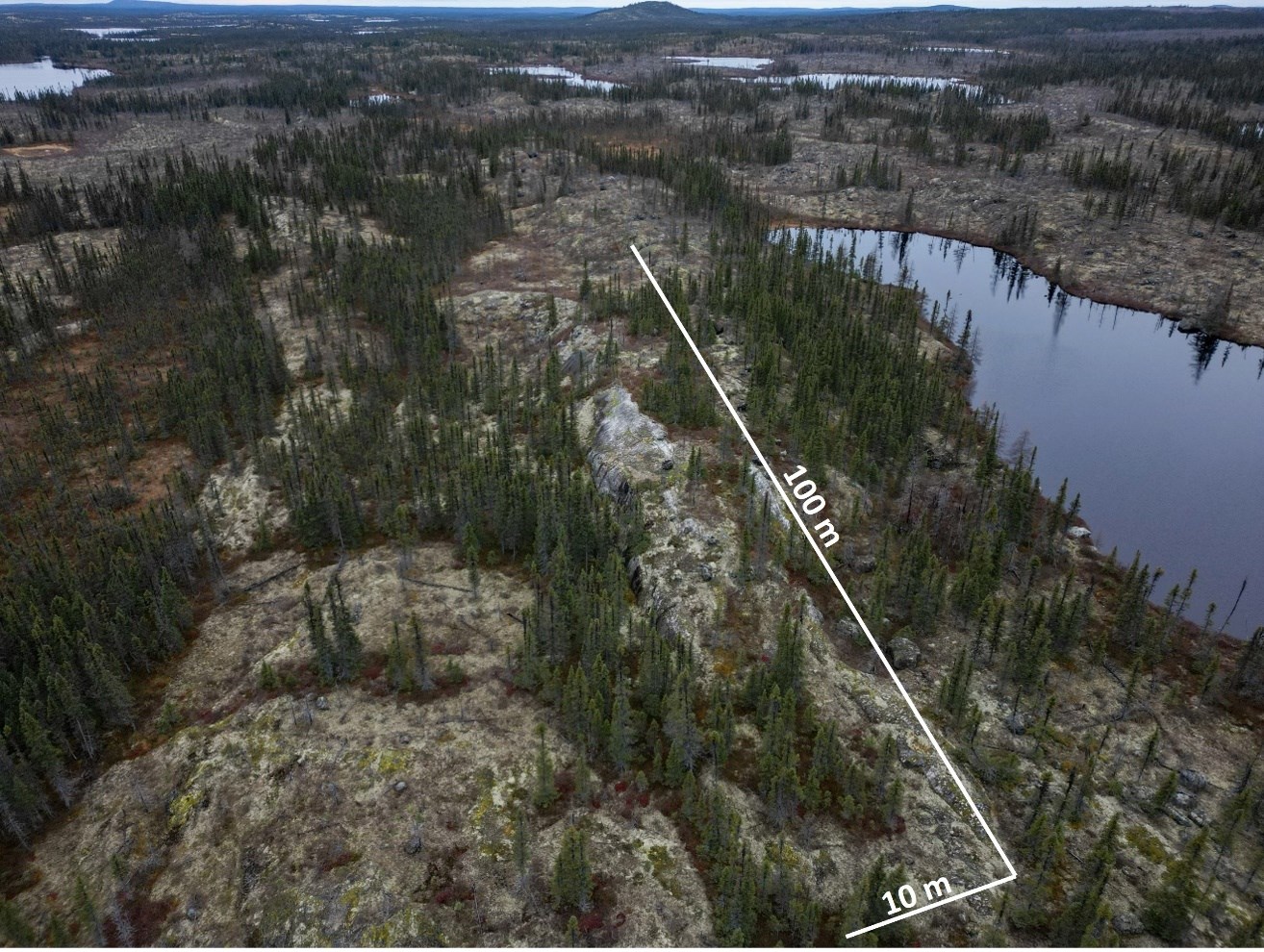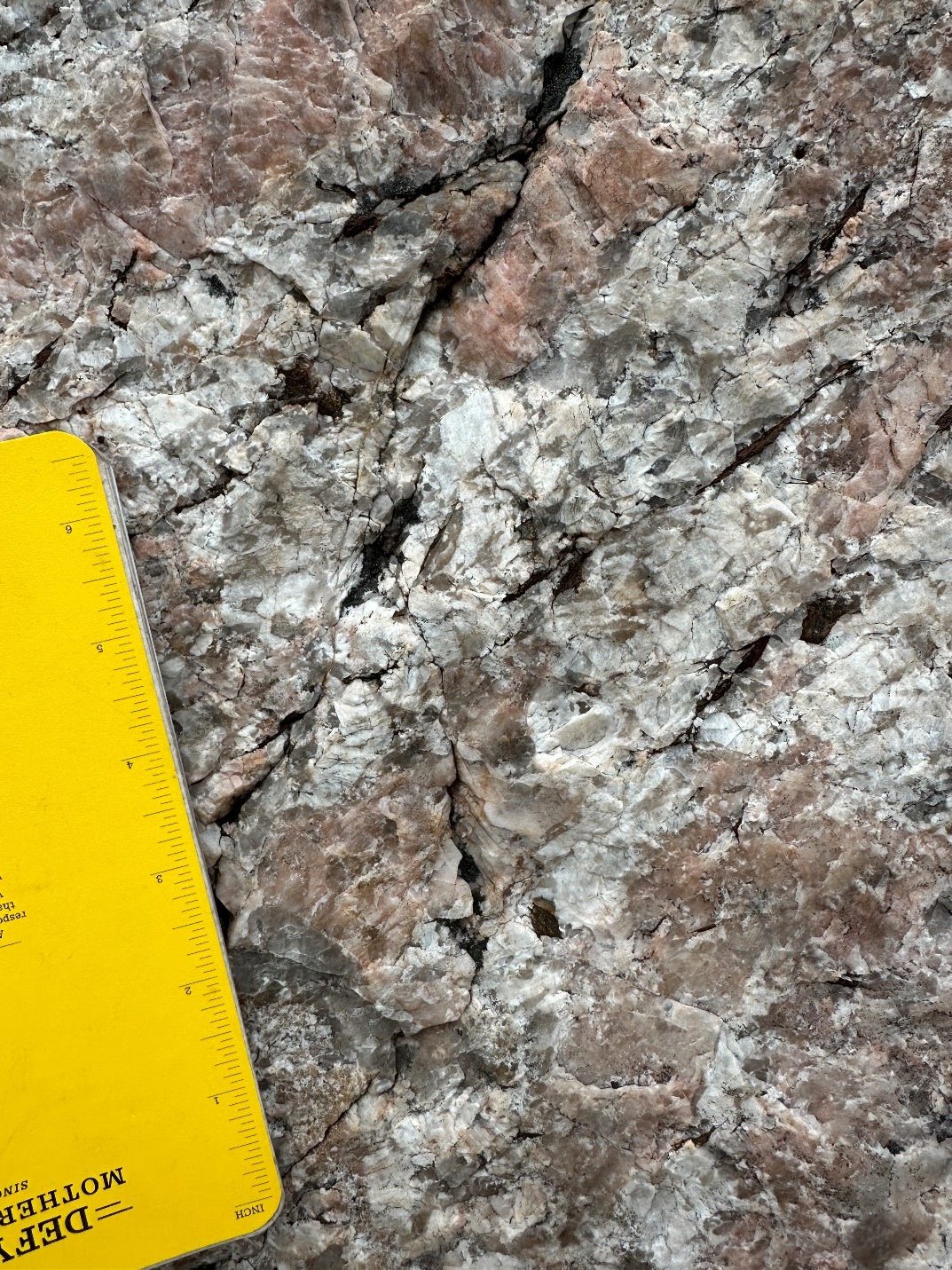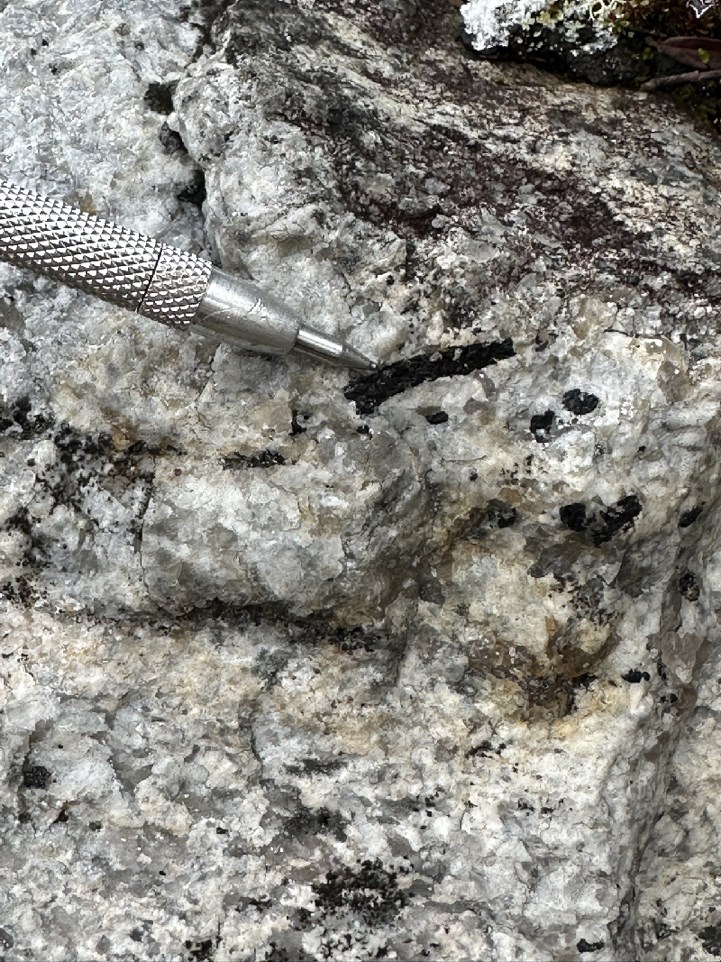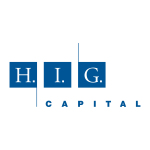Hertz Lithium Inc. [HZ-CSE, HZLIF-OTC, QE2-FSE] is a company that offers a unique diversification opportunity to investors seeking to participate in the lithium exploration and development space.
While the majority of its peers are focused on exploration, often on a single project, Hertz provides a window on a new hard rock lithium discovery in Quebec and the development of patent-pending lithium processing technology via its partnership with Penn State University (see details below). The company also has highly promising lithium properties in Arizona and Brazil
The diversified strategy is led by CEO Kal Malhi, an experienced entrepreneur, who has raised over $300 million for startup companies and specializes in working with academia to advance impactful technology. The founder of Bullrun Capital, Malhi is also CEO of Coloured Ties Capital Inc. [TIE-TSXV, APEOF-OTC PINK, 97A0-FSE] which owns 3.0 million Hertz Lithium shares.
Hertz aims to capitalize on rapidly increasing demand for lithium that is being driven by the movement to green technologies and their reliance on battery metals, including lithium, a key ingredient in the production of electric vehicles.

Hertz recently announced the discovery of multiple outcropping pegmatite dykes at the AC/DC Lithium Project in James Bay, Quebec. Pegmatites contain lithium-bearing minerals known as lepidolite and spodumene, a major lithium source.
Covering 265 square kilometres ACDC is located in an area that hosts several recently discovered lithium deposits. The project is contiguous to Rio Tinto Plc’s [RIO-NYSE] Kaanaayaa Lithium project and 26 kilometres southeast of Patriot Battery Metals Inc. [PMET-CSE, PMETF-OTCQB, R9GA-FSE] Corvette Project, which hosts an inferred resource of 109.2 million tonnes at 1.4% Li20. Also in the vicinity is Winsome Resources Ltd. [WR1-ASX’ Adina Lithium property.
During a maiden field program at AC/DC, field crews reported the discovery of seven pegmatite occurrences.
After following up on 12 priority targets that were generated from a recent hyperspectral survey, field work pin-pointed an approximately 100-metre long, 5.0-10-metere wide and 5.0-metre-thick pegmatite.
The company said pegmatite compositions include white-pink feldspar, grey quartz, trace-biotite +/- garnet, +/- tourmaline. Assay results from the maiden site visit are expected to be released in the coming weeks.

“The identification of multiple advanced pegmatites with lithium associated minerals on the property is encouraging and provides our exploration teams strong confidence on the merits of the AC/DC project as well as the adjoining Rio Tinto Kaanaayaa project, which hosts similar geology as the AC/DC Lithium project,’’ Malhi said.
Details of the discovery were announced on November 3rd, 2023, sending Hertz shares up 2.00% or $0.005 to 25.5 cents, leaving the company with a market cap of $14 million based on 45.7 million shares outstanding. The shares are currently trading in a 52-week range of 38 cents and 11 cents.
Concurrent with the AC/DC news, Hertz announced plans for a non-brokered private placement of $2 million, consisting of up to 5.26 million flow-through units (the charity FT units) priced at 38 cents. Each charity unit will consist of one common share to be issued as a flow-through share and one share purchase warrant. Each warrant will entitle the holder to purchase one additional flow-through share at an exercise price of 40 cents per warrant share for two years after the closing date.
“This strategic financing will garner the required funds to ensure a robust exploration program in James Bay, Quebec through the charity flow-through funds as well as additional funds for our projects in the Americas,’’ said Malhi.

Hertz recently gained the option to acquire a 100% interest in the prospective Patriota Lithium project in Minas Gerais, Brazil. The Patriota Project covers 2,964 hectares and is situated within the Eastern Brazilian pegmatite province (EBPP) which is home to high-quality lithium-bearing spodumene. The geology within the Patriota Project covers the same metasedimentary units as large lithium deposits being developed by Sigma Lithium [SGML-TSXV, NASDAQ], and Latin Resources Ltd. [LRS-ASX].
Hertz has acknowledged that the tenements under option have not undergone any exploration activities to date. However, it said a desktop review of the regional and local geology, along with the presence of significant spodumene mining and developing activities in close proximity offers supplementary evidence supporting the potential of the tenements.
Hert’s portfolio includes the Lucky Mica Project, which is well positioned in the Arizona Pegmatite Belt, an emerging high-grade hard-rock lithium district with known lithium deposits.
Lucky Mica is road accessible and at an early stage of exploration. It consists of 114 lode mining claims covering 939 hectares and lies within a prospective geological and structural setting for lithium and rare metal pegmatite mineralization.
Hertz acquired the Lucky Mica project to follow up on historical work with recent surface sampling exploration. Historical results indicate ore-grade potential, with two samples exceeding 20,000 ppm of lithium with the most mineralized returning 34,850 ppm lithium.
A NI 43-101-compliant analysis has defined a potential resource for the Lucky Mica dike alone (not the entire project) of between 330,000 and 551,000 tonnes at grades of between 0.3% and 2.5% Li20. The project, as identified by SGS Canada, comprises seven (7) other outcropping dikes, which according to a technical report could add significant volume to the spodumene bearing pegmatites and increase the tonnage range to 330,000 to 3.0 million tonnes.
In a recent update, Hertz said a field team has identified an abundance of new previously unmapped and sampled pegmatites in three clusters. These pegmatites occur as 2.0 to 6.0-metre-wide bodies, potentially up to 50-100 metres long.
Meanwhile, as lithium deposits get discovered and the demand for lithium for electric batteries continues to surge, the focus is now shifting to developing improved lithium extraction technologies. The technology that is being developed in partnership with Penn State is designed to be a novel process for the extraction of lithium from alpha spodumene.

Spodumene mineral is the major source of high purity lithium. However, existing technologies do not allow leaching of lithium from alpha spodumene. Therefore, most of the methods of lithium extraction from spodumene are focused on modifying the crystal structure of concentrated spodumene mineral using conventional heating (roasting) at 950-1,100 degrees Celsius. Such high-temperature roasting processes are hugely energy intensive and have been the bottleneck of the economic extraction of lithium from ores. As a result, there is a need for more energy-efficient and environmentally friendly methods for high-yield extraction of lithium. Penn State has discovered a method designed to satisfy these needs.
The technology starts with taking spodumene concentrate, introducing sodium hydroxide, and then proceeding with conventional or microwave roasting which transforms the spodumene into soluble phase. Next, the water leaching is used to recover water-soluble lithium and remove unwanted chemicals. A final acid leach and purification results in the 90% recovery of lithium.
The company recently executed the sponsored research agreement with Penn State University, moving the technology into the next phase of development. The primary objectives of the research project are to optimize the process conditions to maximize the recovery of lithium in water leaching to eliminate the acid leaching process or reduce the chemical consumption as well as conduct a kinetic study to obtain the required data for pilot scale testing.
The company is currently in talks with major multi-national players as it seeks to generate funding the technology, which includes an international patent application that has already entered the national phases in Canada, the U.S. and Australia. Depending on the success of the development phase, the company may commercialize and market the technology to be used by other companies.




